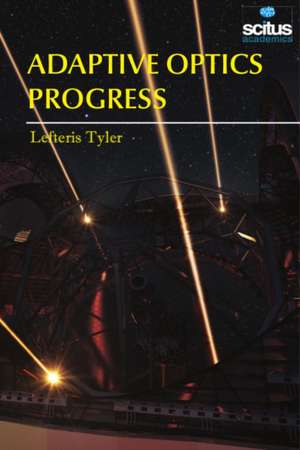Adaptive Optics Progress
Autor Lefteris Tyleren Limba Engleză Hardback – 12 mai 2016
Preț: 831.01 lei
Preț vechi: 966.29 lei
-14% Nou
Puncte Express: 1247
Preț estimativ în valută:
159.06€ • 172.84$ • 133.70£
159.06€ • 172.84$ • 133.70£
Carte indisponibilă temporar
Doresc să fiu notificat când acest titlu va fi disponibil:
Se trimite...
Preluare comenzi: 021 569.72.76
Specificații
ISBN-13: 9781681172088
ISBN-10: 1681172089
Pagini: 338
Dimensiuni: 152 x 229 x 29 mm
Greutate: 0.78 kg
Editura: Scitus Academics LLC
Colecția Scitus Academics LLC
ISBN-10: 1681172089
Pagini: 338
Dimensiuni: 152 x 229 x 29 mm
Greutate: 0.78 kg
Editura: Scitus Academics LLC
Colecția Scitus Academics LLC
